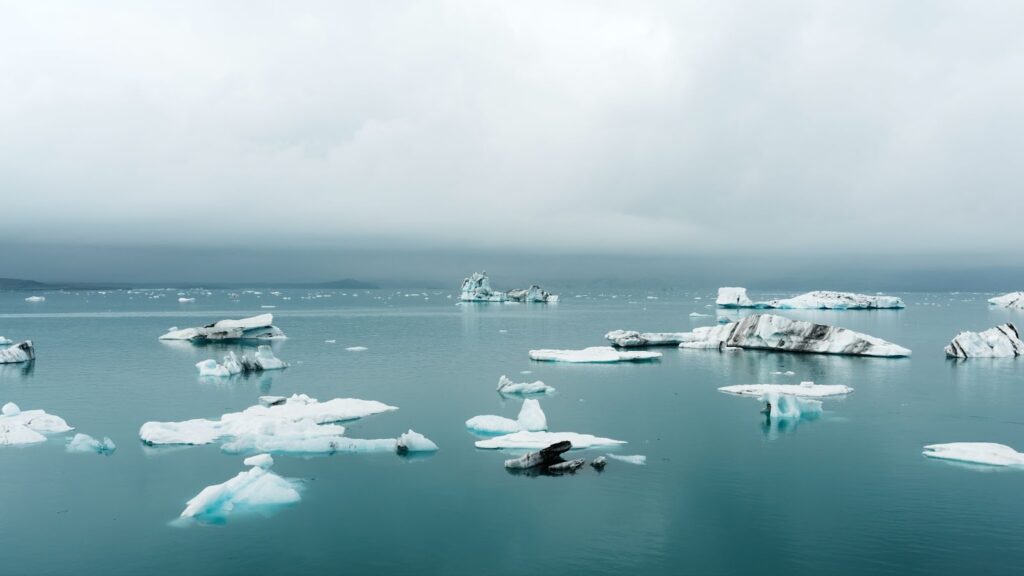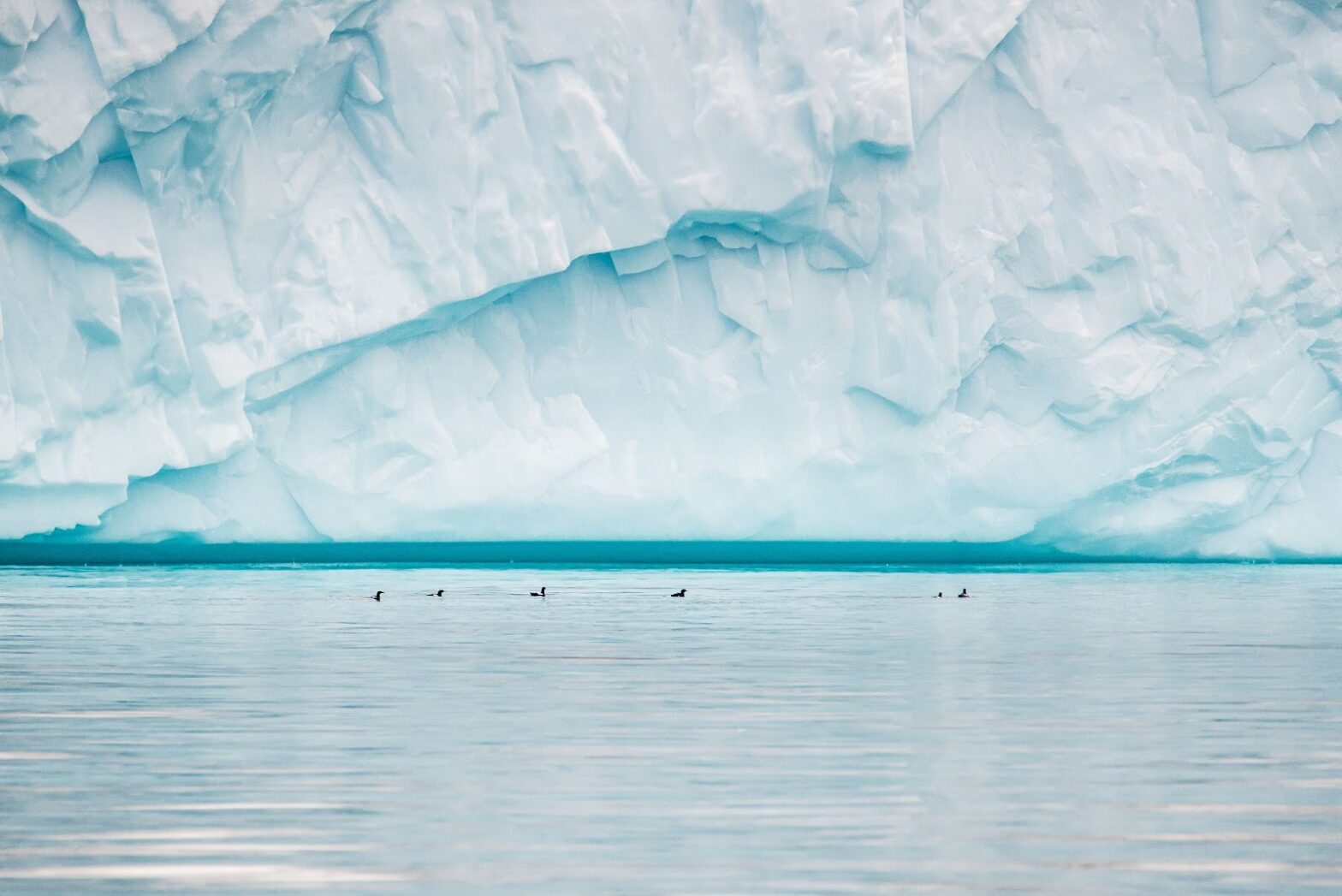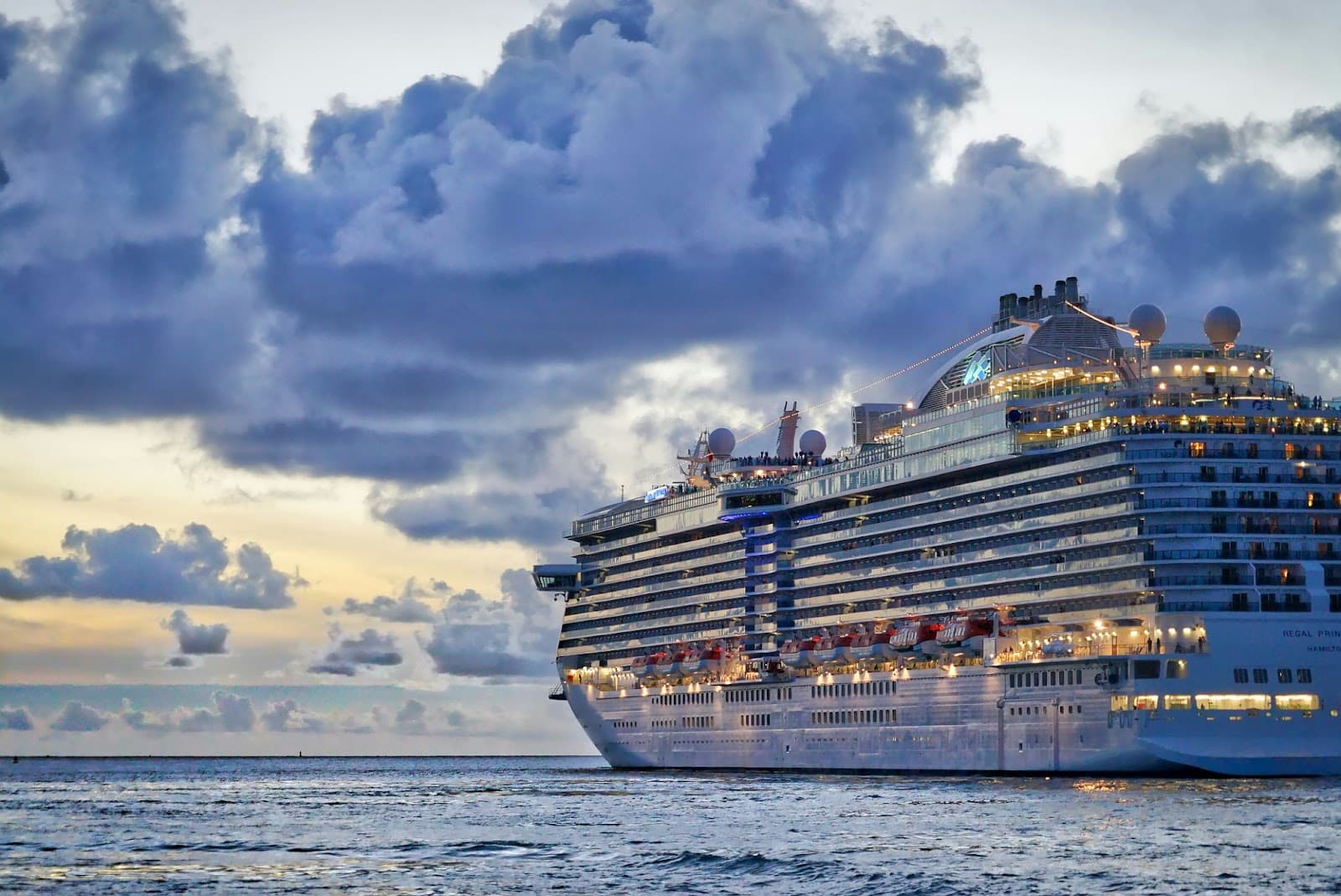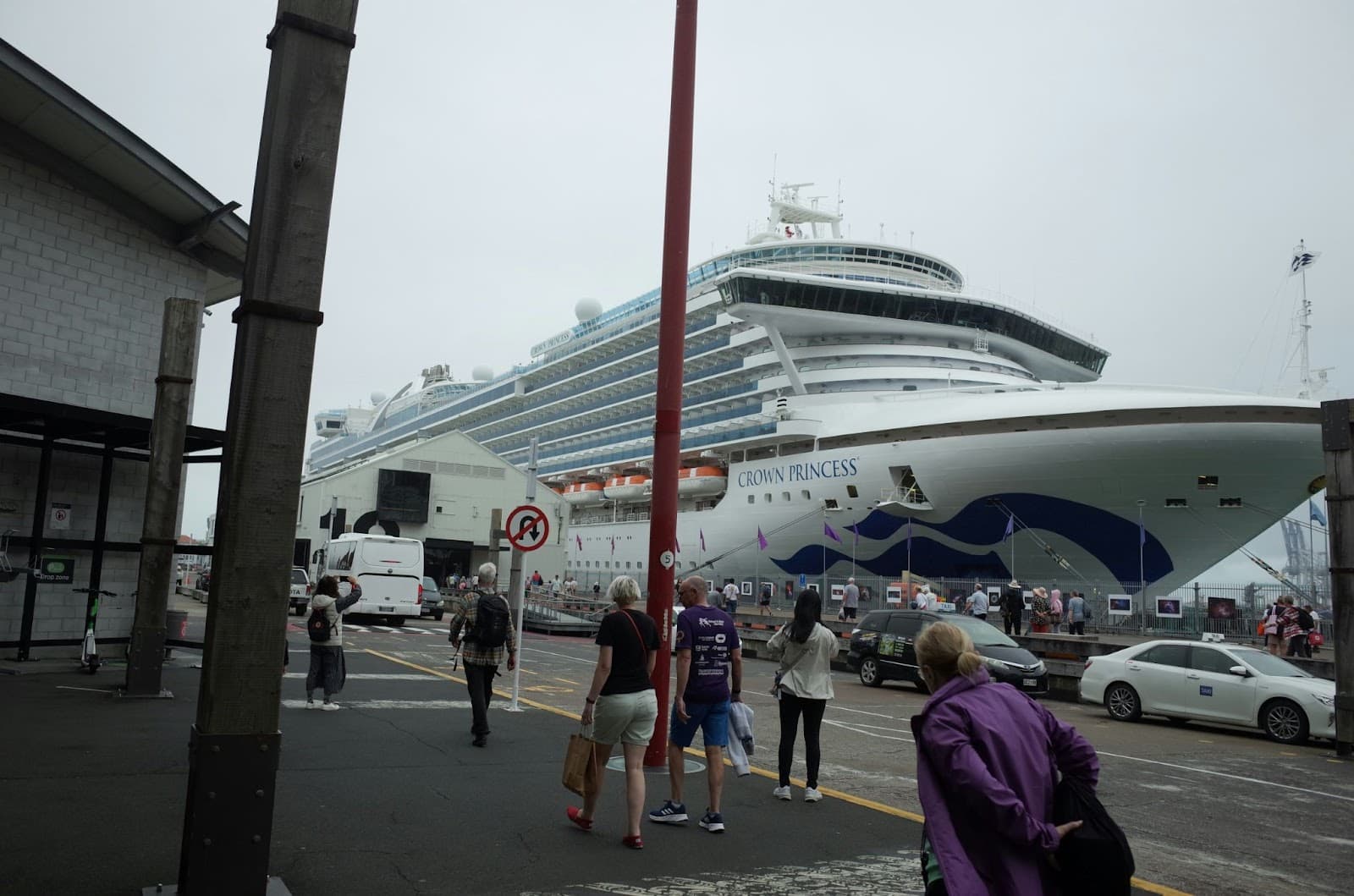The Arctic Ocean encompasses some of the harshest conditions found on Earth, with its frigid climate and erratic nature presenting formidable challenges. Nevertheless, amidst its icy expanse, a fascinating array of wildlife, marine species, diverse cultures, and economic endeavors thrive. Delving into the realm of the Arctic Ocean unveils a tapestry of intriguing facts waiting to be discovered and appreciated.
Exploring the Fascinating Arctic Ocean: A Compilation of Intriguing Facts
Pioneering Explorers and Maritime Triumphs
Venturing into the icy realms of the Arctic Ocean has long fascinated intrepid explorers throughout history. One such luminary figure was Fridtjof Nansen, whose daring nautical crossing marked a monumental milestone in maritime exploration. Nansen’s bold expedition paved the way for future adventurers, showcasing the immense challenges and remarkable discoveries awaiting in the frozen expanses of the Arctic.
Building upon Nansen’s legacy, Wally Herbert etched his name in the annals of exploration by accomplishing the first surface crossing of the Arctic Ocean on dog sled. Enduring harsh conditions and forging ahead with unwavering determination, Herbert’s journey epitomized the indomitable spirit of human exploration.
Unveiling the Arctic’s Abyss: The Enigmatic Fram Basin
Delve into the mysteries of the Arctic Ocean’s depths, where the enigmatic Fram Basin reigns as its deepest point. Plummeting to nearly five thousand meters, this abyssal expanse holds untold secrets waiting to be unraveled by intrepid researchers and explorers. Here, the icy waters conceal a realm teeming with unique marine life and geological wonders, offering a glimpse into the Earth’s subaquatic realms.
Navigating the Arctic’s Geographical Tapestry
Embark on a geographical odyssey through the intricate tapestry of the Arctic Ocean’s North Polar Basin. This vast expanse is a mosaic of distinct regions, with the Eurasian basin and the Amerasian basin serving as its primary divisions. Further delineated into the Canada Basin, Fram Basin, Nansen Basin, and the Makarov Basin, each segment boasts its own distinct characteristics, from underwater topography to ecological dynamics.
- Eurasian Basin: Spanning vast stretches of the Arctic Ocean, this basin is characterized by its diverse marine ecosystems and geological features;
- Amerasian Basin: On the opposite end of the Arctic spectrum lies the Amerasian Basin, offering a contrasting landscape shaped by unique geological forces and oceanographic phenomena.
Guardians of the Arctic: Addressing Environmental Concerns
Amidst the Arctic’s pristine beauty lies a growing concern for its ecological integrity. Radioactive contamination stemming from abandoned waste sites in Russia and nuclear testing grounds in Novaya Zemlya casts a shadow over the region’s fragile ecosystem. As stewards of this delicate environment, it is imperative to address these environmental threats through concerted international efforts and sustainable practices.
Controversies and Conservation: Shell’s Arctic Ambitions
In the realm of Arctic exploration, the clash between industry interests and environmental conservation looms large. Shell’s plans to drill exploratory wells in the Arctic Ocean stirred heated debates, drawing opposition from environmental groups and the public alike. Amidst these controversies, striking a balance between economic development and ecological preservation remains a pressing challenge for policymakers and stakeholders.
The Arctic’s Frozen Guardians: Sea Ice and Methane Stability
Beneath the shimmering expanse of sea ice lies a crucial guardian of the Arctic’s fragile ecosystem: methane stability. Serving as a natural barrier, the sea ice helps regulate methane deposits abundant along the Arctic shorelines. By stabilizing these deposits, the sea ice plays a vital role in mitigating the release of potent greenhouse gases into the atmosphere, underscoring the interconnectedness of the Arctic’s icy landscapes and global climate dynamics.
- Home of the Majestic Polar Bears:
- The Arctic Ocean, with its icy expanse, serves as the exclusive habitat for polar bears, renowned as the largest terrestrial predators globally. Standing as iconic symbols of the Arctic, these magnificent creatures can weigh up to a staggering 1000 lbs when fully grown;
- Tip: Witness the awe-inspiring sight of polar bears in their natural habitat by embarking on guided expeditions to Arctic regions like Svalbard or Churchill.
- Distinct Absence of Penguins:
- Contrary to popular misconception, the Arctic Ocean is devoid of penguins. These beloved birds are inhabitants of the southern hemisphere, particularly the Antarctic. Explorers seeking encounters with penguins must venture southward to regions like Antarctica, South Georgia, or the Falkland Islands;
- Tip: Experience the charm of penguins in their native habitats through eco-tours offering close encounters with various species, including gentoo, king, and emperor penguins.
- Impending Ice-Free Arctic:
- Climate scientists forewarn of a significant transformation looming over the Arctic Ocean. Owing to the escalating impacts of global warming, projections indicate that the Arctic may become largely ice-free between the years 2030 and 2040. This drastic shift holds profound implications for ecosystems, indigenous communities, and global climate patterns;
- Tip: Stay informed about climate change developments and advocate for sustainable practices to mitigate its adverse effects on the Arctic and beyond.
- The Mighty Yet Deceptive Size:
- Despite its classification as the smallest ocean on Earth, the Arctic Ocean commands vast dimensions, spanning approximately 14 million square kilometers. Its expansive reach encompasses a myriad of unique ecosystems, from icy tundras to teeming marine life beneath the frigid waters;
- Tip: Explore the Arctic’s diverse landscapes and seascapes through immersive expeditions, ranging from cruises along the Northern Sea Route to trekking adventures in Greenland’s fjords.
- Debates Over Oceanic Classification:
- Within the scientific community, divergent opinions persist regarding the Arctic Ocean’s classification. While conventionally recognized as an ocean, some oceanographers advocate alternative categorizations, designating it as a “Mediterranean sea” or a vast estuary of the adjoining Atlantic Ocean. These differing perspectives reflect ongoing debates surrounding oceanographic terminology and geographical delineations;
- Tip: Delve into scholarly literature and discussions to gain insights into the complexities of oceanography and the evolving understanding of marine environments.
- Declining Sea Ice Cover:
- A significant portion of the Arctic Ocean’s surface is cloaked in a perpetual layer of sea ice, serving as a critical habitat for diverse flora and fauna. However, this frozen expanse has steadily diminished over recent decades, with the rate of ice loss accelerating at approximately three percent per decade since the 1980s. This alarming trend underscores the profound impacts of climate change on polar regions and underscores the urgent need for concerted conservation efforts;
- Tip: Support initiatives aimed at preserving Arctic ecosystems and reducing carbon emissions to mitigate the adverse effects of sea ice decline on wildlife and indigenous communities.
Navigational Hazards in the Arctic: Mitigating Risks for Seafarers
Navigating through the Arctic Ocean, particularly during certain months, presents a daunting challenge due to the presence of icebergs, which pose significant risks to passing ships. The most infamous maritime disaster associated with these treacherous waters is the tragic sinking of the RMS Titanic in 1912. However, this is just one example of the perils faced by seafarers in the region.

Exploring the Perilous Arctic Route
- Iceberg Threat: Icebergs breaking away from the surrounding areas of the Arctic Ocean create hazardous conditions for ships, increasing the likelihood of collisions and maritime accidents;
- Seasonal Ice Lock: Between October and June, the Arctic Ocean experiences extensive ice coverage, rendering it virtually impassable for ships. This phenomenon, known as ice locking, severely limits maritime traffic in the region;
- Navigational Challenges: Even during ice-free months, navigating through the Arctic poses challenges due to shifting ice floes and unpredictable weather conditions, including fog and storms.
The Fascinating Geography of the Arctic Ocean
- Size and Depth: Despite being the world’s smallest ocean, the Arctic Ocean boasts unique characteristics. With an area of approximately 5 million square miles, it is comparable in size to Russia. Additionally, it holds the distinction of being the shallowest ocean on Earth;
- Historical Discoveries: The earliest recorded mention of the Arctic Ocean dates back to 325 BC, attributed to the Greek explorer Pytheas of Massilia. Pytheas described a land where the sun set for only three hours a day and where the water was obscured by a substance resembling loose sea ice, which he referred to as “Eschate Thule.”
Unlocking the Arctic’s Resource Potential
- Petroleum Reserves: Beneath the icy surface of the Arctic Ocean lie vast petroleum reserves, estimated to hold a quarter of the world’s undiscovered oil and gas reserves. The exploration and extraction of these resources have become focal points for various nations and energy companies seeking to meet global energy demands;
- Environmental Concerns: The exploitation of Arctic petroleum reserves raises environmental concerns due to the fragile ecosystem of the region. The potential for oil spills and habitat destruction poses significant risks to wildlife and indigenous communities that rely on the Arctic environment for survival.
Navigating Towards a Sustainable Future
- International Cooperation: Given the complexities and risks associated with Arctic navigation and resource extraction, international cooperation and regulatory frameworks are essential. Collaborative efforts among Arctic nations, stakeholders, and indigenous communities can help mitigate risks and ensure sustainable development in the region;
- Investment in Technology: Advancements in technology, including satellite imagery, ice-breaking vessels, and autonomous navigation systems, are crucial for enhancing safety and efficiency in Arctic navigation. Investing in research and innovation can lead to the development of environmentally friendly solutions for resource extraction and transportation in the Arctic;
- Environmental Stewardship: Protecting the fragile Arctic ecosystem requires proactive measures to minimize the impact of human activities. Sustainable practices, such as responsible resource extraction, eco-friendly shipping routes, and conservation efforts, are vital for preserving the Arctic’s biodiversity and mitigating the effects of climate change on the region.
Conclusion
In conclusion, the Arctic Ocean stands as a testament to the resilience of life in the face of extreme adversity. Despite its unforgiving environment, it harbors a wealth of captivating biodiversity and human activity. Exploring its depths not only enriches our understanding of the natural world but also underscores the importance of conservation and sustainable stewardship of this unique and fragile ecosystem.



